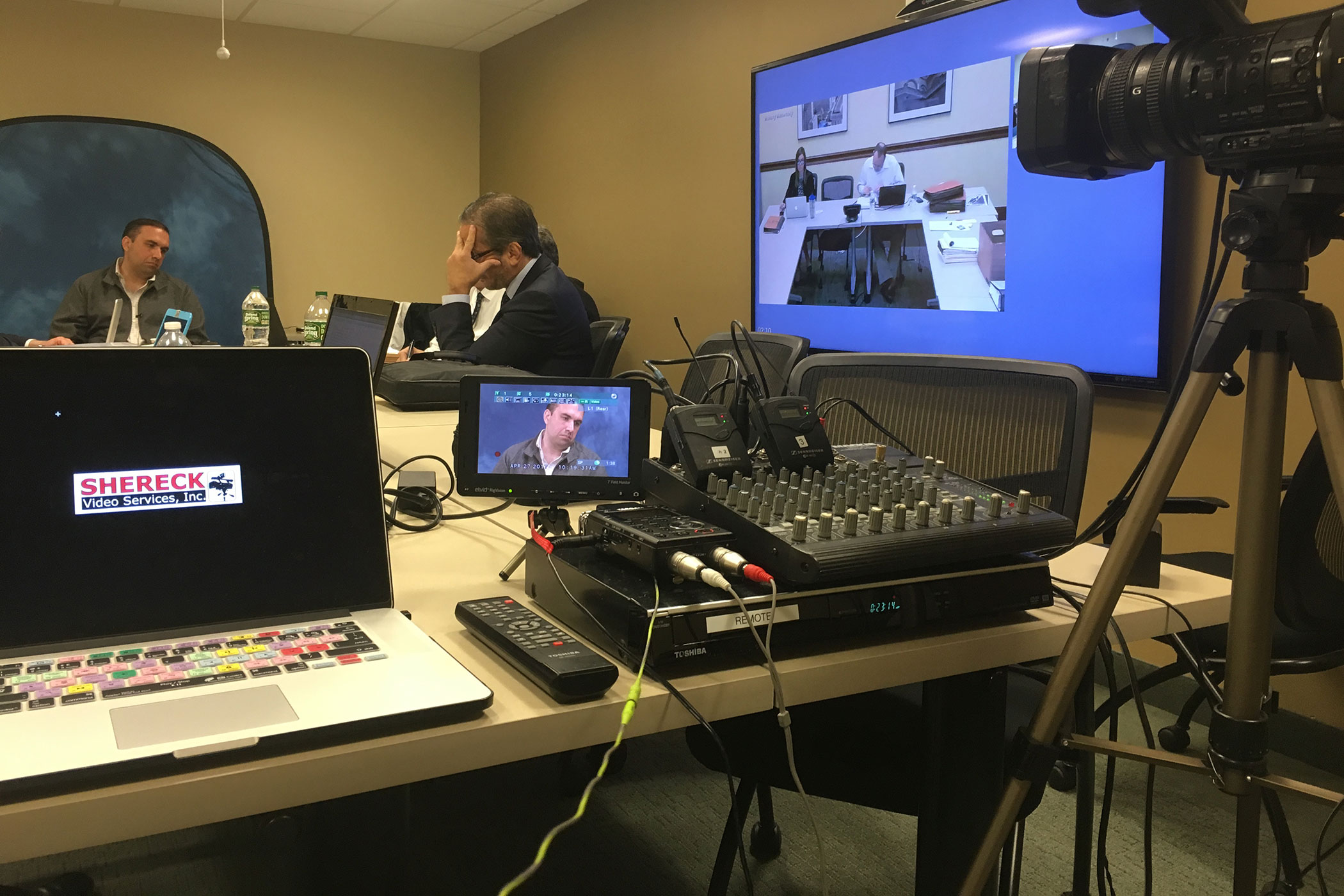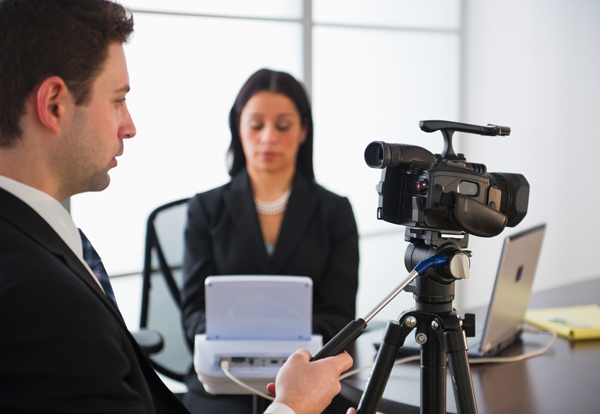Comprehensive Legal Videography for Courtroom Evidence.
Comprehensive Legal Videography for Courtroom Evidence.
Blog Article
Why Lawful Videography Is Necessary for Accurate Legal Record-Keeping
In the world of legal process, the accuracy of record-keeping is vital, and legal videography arises as an essential tool in this context. As we discover the complex advantages of lawful videography, one must consider its ramifications for the future of judicial integrity and openness.
Relevance of Visual Evidence
Establishing the value of aesthetic proof in lawful process is vital for guaranteeing exact record-keeping and boosting the total stability of the judicial procedure. Visual evidence functions as a crucial device in documenting events, problems, and other important details that may be important to a situation. Unlike composed accounts, which are at risk to analysis and bias, visual recordings supply a purpose, unalterable depiction of facts as they took place.
This type of evidence can record a range of aspects, including witness actions, ecological context, and physical proof, every one of which may affect judicial outcomes. By providing a clear and extensive visual narrative, lawful videography gets rid of obscurity and helps to maintain the credibility of the evidence.
Additionally, visual evidence can be instrumental in decreasing disagreements over valid disparities, as it permits for a straight comparison versus testimony and various other recorded documents. In an age where digital modern technology is significantly prevalent, the ability to existing visual evidence effectively can substantially enhance the overall top quality of lawful procedures. Inevitably, the consolidation of aesthetic evidence not only reinforces the documents procedure yet also strengthens public rely on the judicial system by promoting openness and accountability.
Enhancing Testimony Integrity
The integration of lawful videography right into court proceedings substantially enhances the trustworthiness of witness statement. By capturing the subtleties of verbal and non-verbal communication, video recordings provide an even more extensive depiction of a witness's attitude, feelings, and reliability. This aesthetic paperwork permits jurors to observe the witness's body movement, faces, and overall conduct, which are critical components that can influence their perception of statement credibility.

Additionally, the existence of video clip footage can discourage witnesses from offering misleading or exaggerated declarations, as they are conscious that their statement is being recorded. This accountability reinforces the stability of the judicial procedure. Ultimately, legal videography functions as a vital device in making certain that witness testimony is not just accurately illustrated but additionally watched with enhanced reliability by all events included.
Comprehensive Document Preservation
Comprehensive record preservation is vital for keeping the honesty of lawful proceedings. Legal videography acts as a crucial device in this procedure, providing a precise aesthetic and acoustic account of statements, depositions, and other turning points in an instance. Unlike traditional written transcripts, video recordings capture the nuances of body movement, tone, and feeling, which are important for continue reading this comprehending the context and intent behind declarations made during lawful proceedings.
Incorporating audiovisual elements right into record-keeping enhances the preservation of evidence, ensuring that it remains undamaged and available throughout the legal process. This is especially essential in situations where the reliability of witness declarations may be tested, as visual recordings can corroborate claims and supply clarity. Furthermore, video clip documents can be important throughout appeals or retrials, supplying an unaltered representation of the original statement.

In addition, the capacity to review video clip evidence allows legal professionals to recognize crucial details that may have been forgotten in written documents. By preserving a detailed archive of legal procedures via videography, law firms can promote the greatest criteria of accuracy and responsibility, eventually adding to a fairer judicial procedure.
Enhancing Lawful Procedures
Improving lawful procedures is crucial for enhancing effectiveness and minimizing delays within the judicial system. Lawful videography works as an essential device in attaining this objective by giving clear and accurate visual documentation of court hearings, depositions, and testaments - legal videography. This innovation permits real-time recording, guaranteeing that all spoken and non-verbal hints are captured, which can help with quicker resolution of disputes
The combination of videography into lawful processes reduces dependence on conventional techniques, such as lengthy records, which can be taxing to produce and evaluate. By having access to videotaped video, attorneys can quickly reference crucial moments, improving their capacity to prepare and present instances properly. This immediacy additionally assists in the making clear of statements, decreasing the potential for misinterpretation.

Admissibility in Court
Precise documents is crucial not just for efficiency yet also for ensuring that evidence is acceptable in court. Legal videography offers as a critical device in this procedure, offering a reliable aesthetic document of testaments, declarations, and events.
To be considered click reference admissible, lawful videography needs to stick to recognized procedures, such as appropriate tools use, suitable lights, and clear audio capture. Additionally, it is vital to have actually certified videographers that understand the lawful demands surrounding proof collection. legal videography. The chain of custodianship should likewise be kept to protect against any cases image source of tampering or modification
Furthermore, legal videography can enhance the persuasiveness of proof by offering jurors with a straight sight of the statement, permitting a much more engaged understanding of the situation. In recap, the combination of legal videography right into record-keeping not only sustains effectiveness however additionally boosts the integrity and admissibility of evidence in court process.
Conclusion
To conclude, lawful videography plays a pivotal role in making certain precise legal record-keeping by providing unbiased aesthetic paperwork. This approach enhances the credibility of testimonies, protects comprehensive records, and enhances legal process. In addition, the admissibility of top quality video clip evidence in court more highlights its importance. Inevitably, the consolidation of lawful videography into the judicial procedure advertises openness and boosts public count on the integrity of the legal system.
Report this page